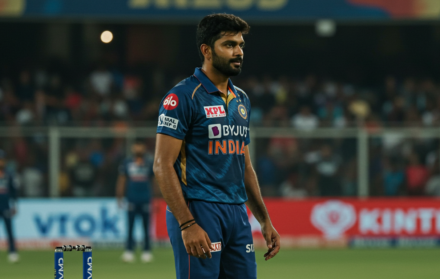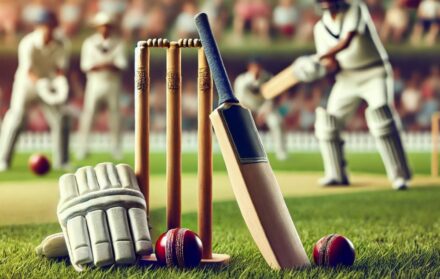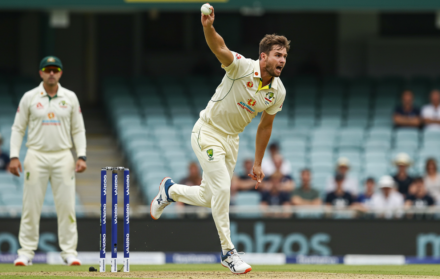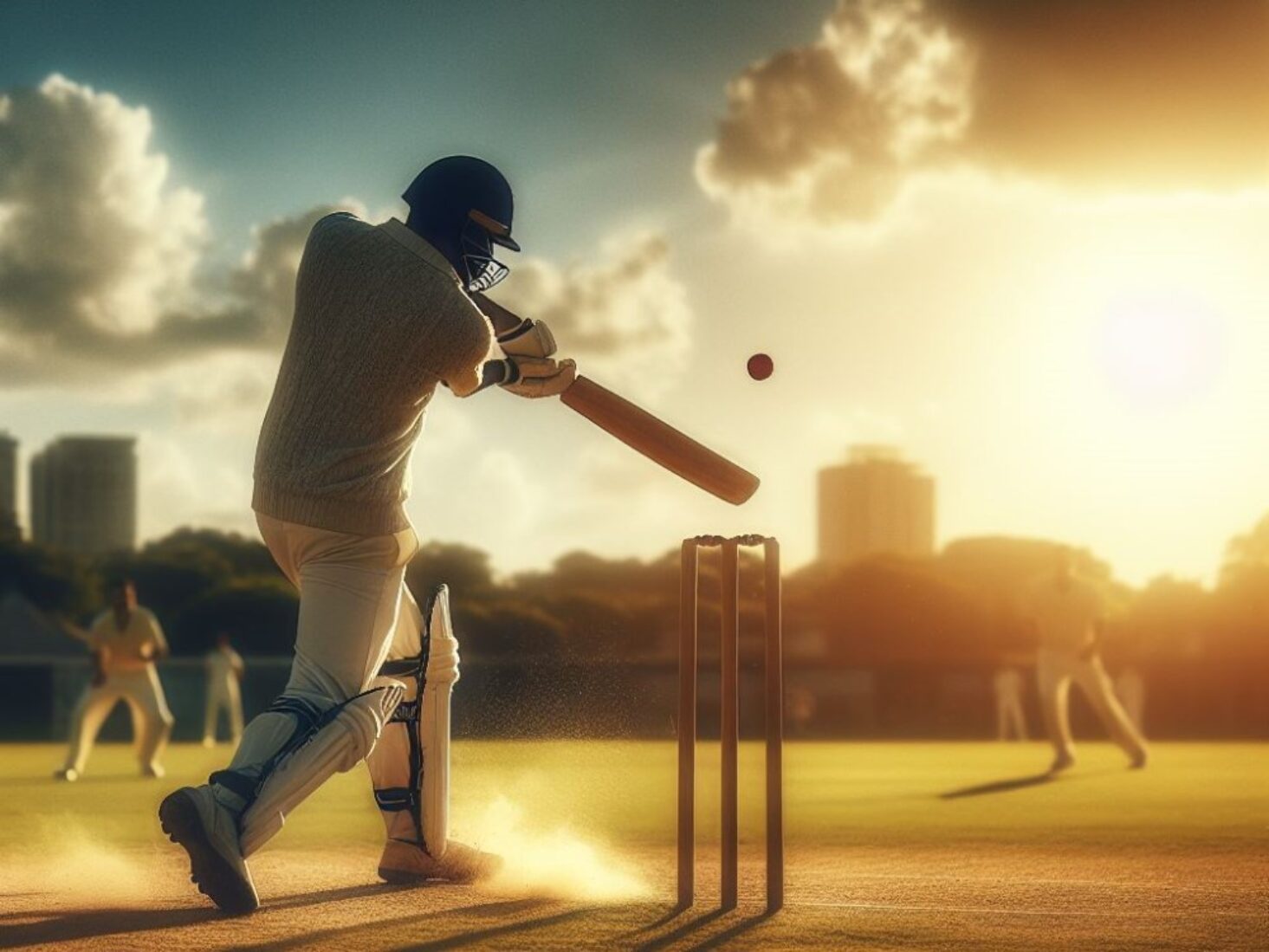
Cricket Drills to Improve Hand-Eye Coordination
Hand-eye coordination is crucial in the game of cricket, as it directly impacts a player’s ability to effectively connect with the ball and execute various skills on the field. To enhance this essential skill, specific drills can be incorporated into training sessions. These drills focus on improving reaction time, agility, and overall coordination.
Batting drills like reaction time drills, shadow batting drills, and tennis ball drills are particularly effective in honing hand-eye coordination for batsmen. These drills enhance focus, timing, and precision in shot selection.
Fielding drills, including catching drills and throwing drills, are designed to improve hand-eye coordination for fielders. These drills emphasize quick reflexes, accurate catching, and swift throwing techniques.
Wicket-keeping drills also play a vital role in enhancing hand-eye coordination for wicket-keepers. Reaction time drills and ball tracking drills help keepers improve their reflexes, agility, and hand-eye synchronization behind the stumps.
To maximize the benefits of hand-eye coordination drills in cricket, it is important to maintain consistency in practice and gradually increase the difficulty level of the drills. Regular practice and focus on technique will lead to significant improvements in hand-eye coordination, ultimately enhancing performance on the cricket field.
The Importance of Hand-Eye Coordination in Cricket

Hand-eye coordination is crucial in cricket as it determines a player’s ability to hit the ball accurately. It allows players to react quickly, judge the ball’s speed and trajectory, and make split-second decisions.
Good hand-eye coordination enables batsmen to make successful shots and fielders to take catches effectively. Developing this skill is essential in cricket training. Drills such as reaction drills, catching drills, and batting drills can improve hand-eye coordination.
These drills involve repetitive practice of specific movements, helping players enhance their coordination and performance on the field. The importance of hand-eye coordination in cricket cannot be overstated.
Which Drills Can Improve Hand-Eye Coordination in Cricket?
Mastering hand-eye coordination is critical for cricket players, and having the right drills can make all the difference. In this section, we’ll explore dynamic and effective drills that will greatly enhance hand-eye coordination in cricket.
From batting drills that sharpen your reflexes to fielding drills that train your agility, and wicket-keeping drills that fine-tune your hand-eye synchronization, we’ve got you covered. Get ready to take your cricket skills to the next level with these targeted exercises.
Batting Drills
When it comes to improving hand-eye coordination in cricket, batting drills play a vital role. These batting drills specifically focus on honing the necessary skills and techniques required for effective batting. Here are some steps to follow:
- Practice Stance and Grip: Start by getting into the correct batting stance and ensure a proper grip on the bat.
- Footwork Drills: Engage in drills that emphasize quick and precise foot movements, practicing both forward and backward defensive shots.
- Shot Selection: Sharpen your shot selection skills by practicing various shots like drives, cuts, pulls, and hooks.
- Timing and Placement: Pay special attention to hitting the ball at the right moment and placing it strategically into gaps to score runs.
- Reaction Drills: Utilize drills that focus on improving reaction time, such as having a partner throw balls at varying speeds and directions.
Fact: Did you know that regularly incorporating batting drills into your practice routine can significantly enhance your hand-eye coordination, leading to improved batting performance?
Fielding Drills
Fielding Drills are invaluable when it comes to improving hand-eye coordination in cricket. These drills not only enhance players’ reaction time, but also boost their agility and catching skills. Let me share with you some highly effective Fielding Drills:
- Catching Drills: Engage in practicing various catching techniques, including high catches, low catches, and diving catches.
- Throwing Drills: Focus on throwing accuracy, speed, and distance, whether it’s towards the wicket or to fellow fielders.
By regularly incorporating these Fielding Drills, cricketers can significantly enhance their hand-eye coordination, facilitating quick and precise fielding movements. As a result, their overall performance and success on the cricket field are undoubtedly elevated.
Wicket-keeping Drills
To improve hand-eye coordination in wicket-keeping, here are some effective Wicket-keeping Drills you can incorporate into your training routine:
- Reaction Time Drills: Practice reacting quickly to the ball by having a partner throw balls in random directions for you to catch.
- Ball Tracking Drills: Focus on tracking the movement of the ball by following its path from the bowler’s hand to your gloves.
Fact: Developing strong hand-eye coordination in wicket-keeping is crucial for making quick and accurate catches, stumping, and maintaining a strong presence behind the stumps.
How Do Batting Drills Improve Hand-Eye Coordination?

When it comes to improving hand-eye coordination in cricket, the key lies in effective batting drills. In this section, we will explore the various drills that can enhance hand-eye coordination on the field.
From reaction time drills that sharpen reflexes to shadow batting drills that refine technique, and the unconventional but effective tennis ball drills, we’ll uncover the secrets behind these exercises that can take your batting skills to the next level. So grab your bat and let’s dive into the world of hand-eye coordination in cricket!
Reaction Time Drills
- Reaction Time Drills are vital for enhancing hand-eye coordination in cricket. These drills are beneficial for players as they aid in the development of quick reflexes and the ability to swiftly react to incoming balls. Here are a few examples of reaction time drills that can be seamlessly incorporated into cricket training:
- Simon Says: During this drill, players must promptly respond to specific commands such as “Simon says catch” or “Simon says dodge.”
- Spot the Ball: This drill involves a coach throwing balls in various directions, requiring players to react swiftly by moving towards and catching the ball.
- Bouncing Ball: In this drill, players form a circle and bounce a ball to one another. They must react rapidly and catch the ball as it approaches them.
Regular practice of these reaction time drills can significantly enhance a cricketer’s hand-eye coordination skills, leading to improved performance on the field.
Shadow Batting Drills
Shadow batting drills are an invaluable tool for enhancing hand-eye coordination in cricket. These drills involve practicing batting techniques without a ball, focusing on refining footwork, timing, and shot selection.
These are some of the key benefits of utilizing shadow batting drills:
- Repeating desired movements and techniques without the pressure of hitting a ball enables players to develop the correct muscle memory and advance their overall batting skills.
- With no distraction from a moving ball, shadow batting drills allow complete concentration on technique. Players can work on their grip, stance, backlift, and follow-through, ensuring precise execution.
- Shadow batting drills provide the opportunity to visualize various scenarios and practice specific shots. This enhances decision-making skills and shot selection during real match situations.
- Additionally, these drills contribute to physical conditioning by improving fitness levels, endurance, and coordination.
By incorporating shadow batting drills into your cricket training routine, you can greatly enhance hand-eye coordination and elevate your overall batting performance on the field.
Tennis Ball Drills
Tennis ball drills are an effective way to improve hand-eye coordination in cricket. Here are some examples:
- Reaction Time Drill: Stand about six feet away from a partner who throws tennis balls at different angles, forcing you to react quickly and make quick adjustments.
- Shadow Batting Drill: Use a tennis ball and practice your batting technique without the pressure of an actual cricket ball. Focus on tracking the ball and timing your shots.
- Catching Drill: Have a partner throw tennis balls at varying heights and speeds. Practice catching the ball with proper technique, emphasizing hand-eye coordination.
These drills not only sharpen your hand-eye coordination, but also improve your reflexes and decision-making skills on the field.
How Do Fielding Drills Improve Hand-Eye Coordination?
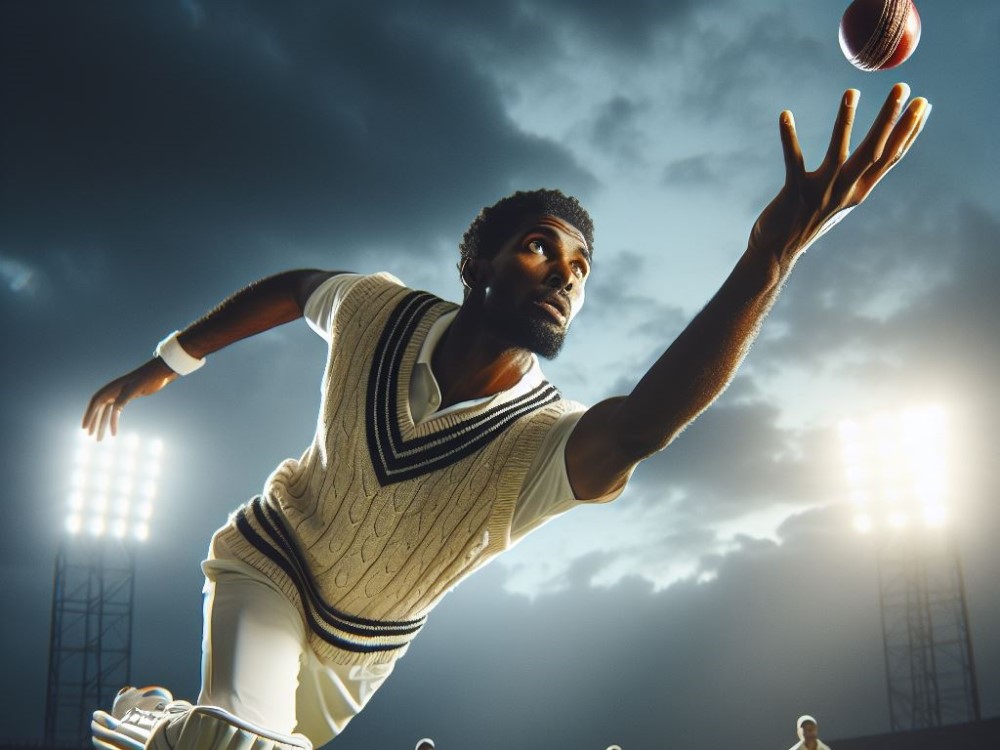
Mastering hand-eye coordination is a crucial skill for any cricketer aiming to excel on the field. In this section, we’ll explore how fielding drills can significantly enhance hand-eye coordination, leading to improved performance.
We’ll dive into two specific types of drills: catching drills and throwing drills. Through these drills, cricketers can hone their ability to track the ball, react swiftly, and execute precise movements. So, let’s discover the secrets behind these dynamic fielding drills and unlock the full potential of hand-eye coordination in cricket.
Catching Drills
Catching Drills are essential for improving hand-eye coordination in cricket. Here are some steps to follow:
- Start with basic catching drills, such as partner tosses or catching a ball thrown against a wall.
- Progress to more challenging drills, like diving catches or catching high balls.
- Focus on hand positioning and timing to ensure a secure catch.
- Incorporate variations, such as one-handed catches or blindfolded catches, to enhance hand-eye coordination.
- Practice catching different types of balls, such as tennis balls or cricket balls, to develop adaptability and reflexes.
In the 2019 World Cup final, England’s Ben Stokes took an incredible catch to dismiss South Africa’s Andile Phehlukwayo. Running backwards, Stokes leaped in the air and grabbed the ball with one hand, showcasing exceptional hand-eye coordination and athleticism. This catch played a crucial role in England’s victory, highlighting the significance of catching drills in cricket.
Throwing Drills
Throwing drills are an important component for enhancing hand-eye coordination in cricket. Here are a few steps to follow:
1. Long Throws: Take a position on one side of the field and execute powerful throws towards a teammate on the opposite side. It is crucial to focus on accuracy and maintain a solid technique while performing this drill.
2. Target Throws: Create targets on the field and aim to consistently hit them with your throws. This exercise helps in developing precision and control.
3. Relay Throws: Engage in a relay race-style drill where the ball is rapidly and accurately passed between teammates. This particular exercise enhances speed and coordination during actual game situations.
4. Moving Throws: Practice throwing exercises while on the move. Try to accurately throw the ball while running towards the target or from different angles. This simulation of real game scenarios will improve your ability to throw accurately in various situations.
Remember to start with shorter distances and gradually increase the difficulty level as you progress. Consistent practice of these throwing drills will significantly enhance your hand-eye coordination in cricket.
How Do Wicket-keeping Drills Improve Hand-Eye Coordination?
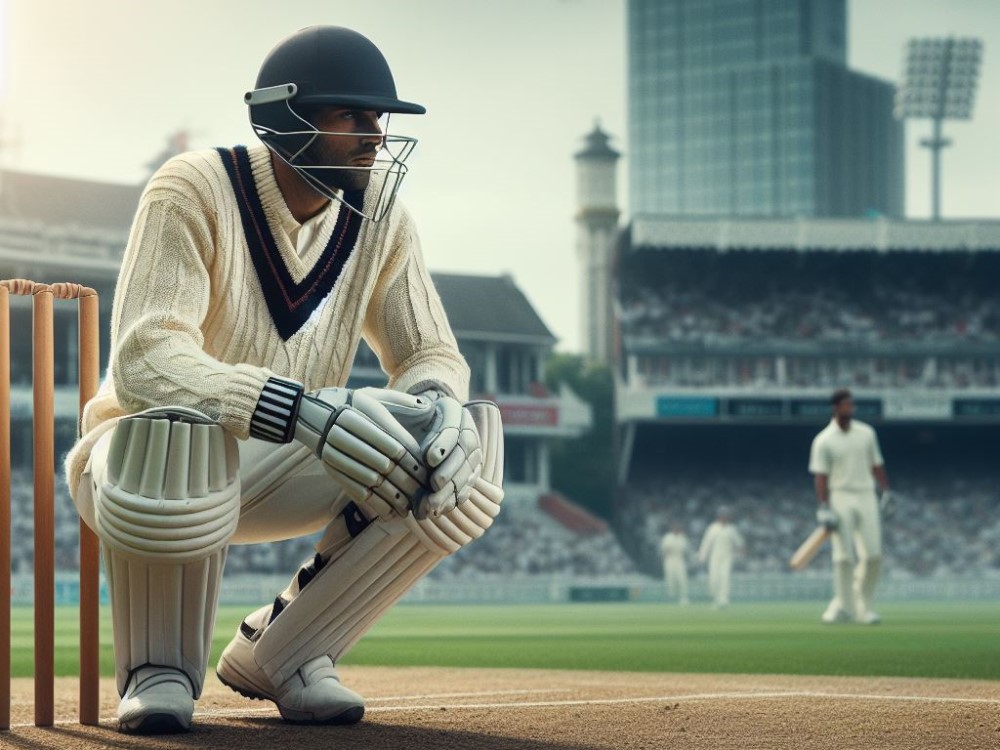
Discover the incredible impact of wicket-keeping drills on improving hand-eye coordination in cricket! Unleash your lightning-fast reaction time and enhance your ball tracking abilities with the help of these effective training techniques.
Get ready to dive into the world of precision and agility as we explore the power of wicket-keeping drills in enhancing your performance on the field. Say goodbye to missed catches and hello to exceptional hand-eye coordination skills!
Reaction Time Drills
Reaction time drills are imperative when it comes to enhancing hand-eye coordination in the game of cricket. In order to effectively carry out these drills, follow the steps outlined below:
- Commence with fundamental hand-eye coordination exercises such as catching and throwing a tennis ball against a wall.
- Gradually elevate the speed and intricacy of the drills by utilizing smaller balls or introducing obstacles.
- Utilize reaction training equipment, such as reaction balls or lights, to amplify responsiveness.
- Engage in practice sessions that simulate game situations demanding quick decision-making, such as facing a bowling machine or participating in short-format matches.
- Emphasize on both speed and precision of reactions, aiming to swiftly respond to the ball while executing precise movements.
Ball Tracking Drills
Ball tracking drills are crucial for enhancing hand-eye coordination in cricket. These drills play a vital role in honing players’ ability to track the movement of the ball and make split-second decisions. Here is a step-by-step guide on how to incorporate Ball Tracking Drills effectively:
- Begin by practicing basic exercises that involve standing in front of a partner and tracking the trajectory of a tennis ball thrown from various angles.
- Gradually progress to more advanced drills by utilizing specialized equipment like a ball machine or bowling machine to replicate realistic game scenarios.
- To challenge the player’s ability to track and react effectively, introduce variations in the speed and trajectory of the ball.
- Focus on visual concentration and enhance it by engaging in drills that require tracking multiple balls or focusing on specific targets.
- Make sure to consistently include Ball Tracking Drills in training sessions to continually improve hand-eye coordination and elevate performance in the game of cricket.
Tips for Maximizing the Benefits of Hand-Eye Coordination Drills in Cricket
- Tips for Maximizing the Benefits of Hand-Eye Coordination Drills in Cricket: Focus on specific skills – Choose drills that target specific cricket skills, such as catching, batting, or fielding.
- Tips for Maximizing the Benefits of Hand-Eye Coordination Drills in Cricket: Vary the difficulty – Gradually increase the difficulty of the drills to challenge your hand-eye coordination and improve your reaction time.
- Tips for Maximizing the Benefits of Hand-Eye Coordination Drills in Cricket: Include game-like scenarios – Incorporate drills that simulate real game situations to enhance your ability to react quickly and make accurate decisions.
- Consistency is key – Practice these drills regularly to build muscle memory and improve your hand-eye coordination over time.
- Seek feedback – Evaluate your performance and seek feedback from coaches or teammates to identify areas for improvement.
